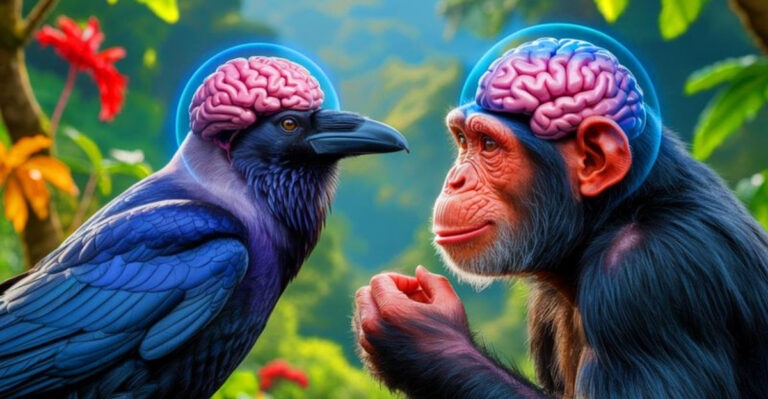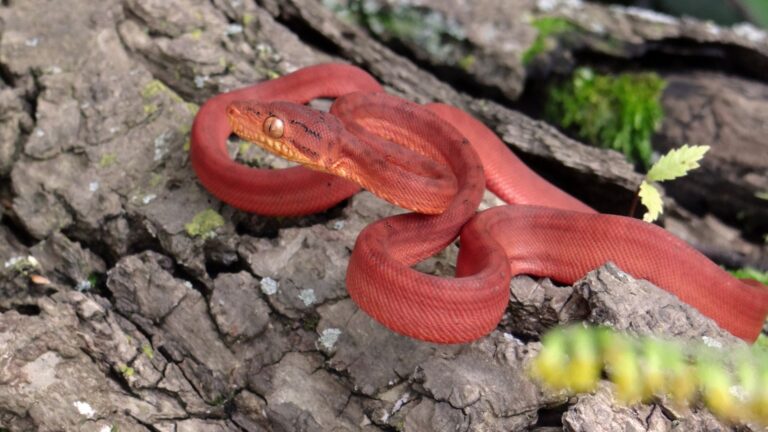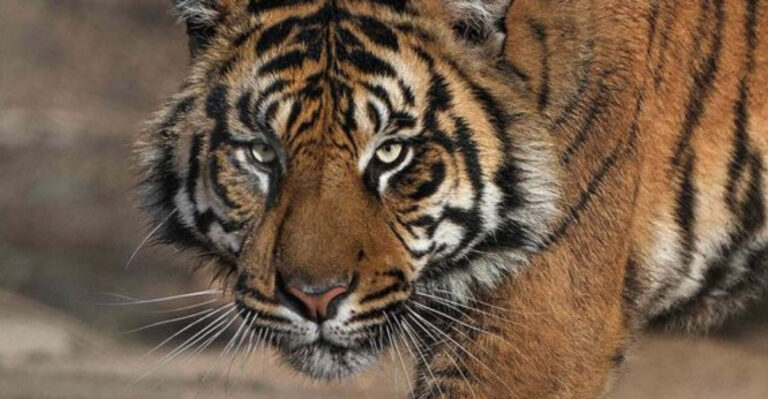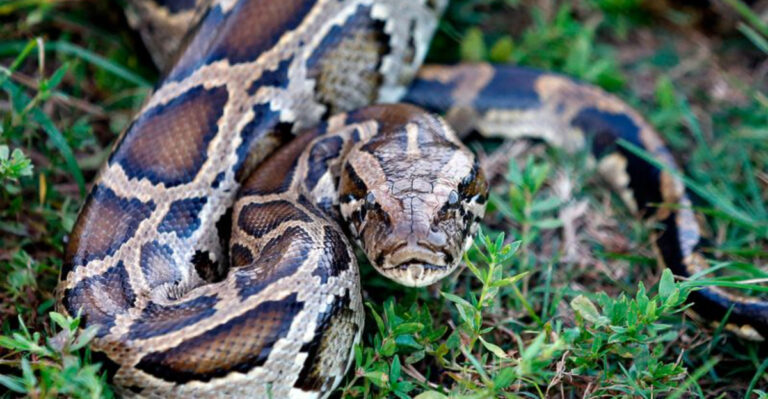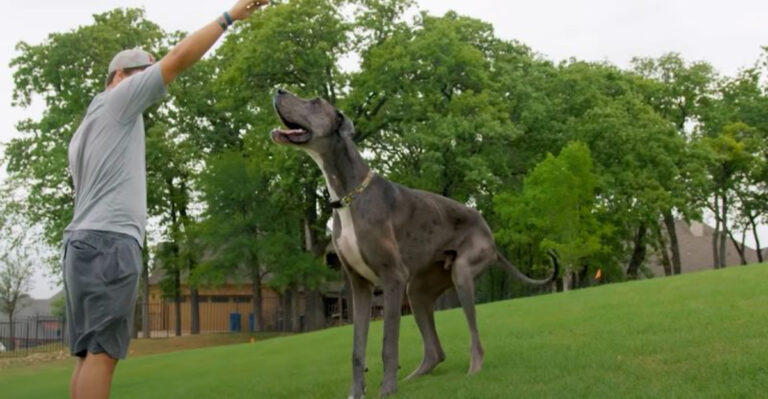16 Animals That Can Reproduce Without A Mate (Yep, You Read That Right!)
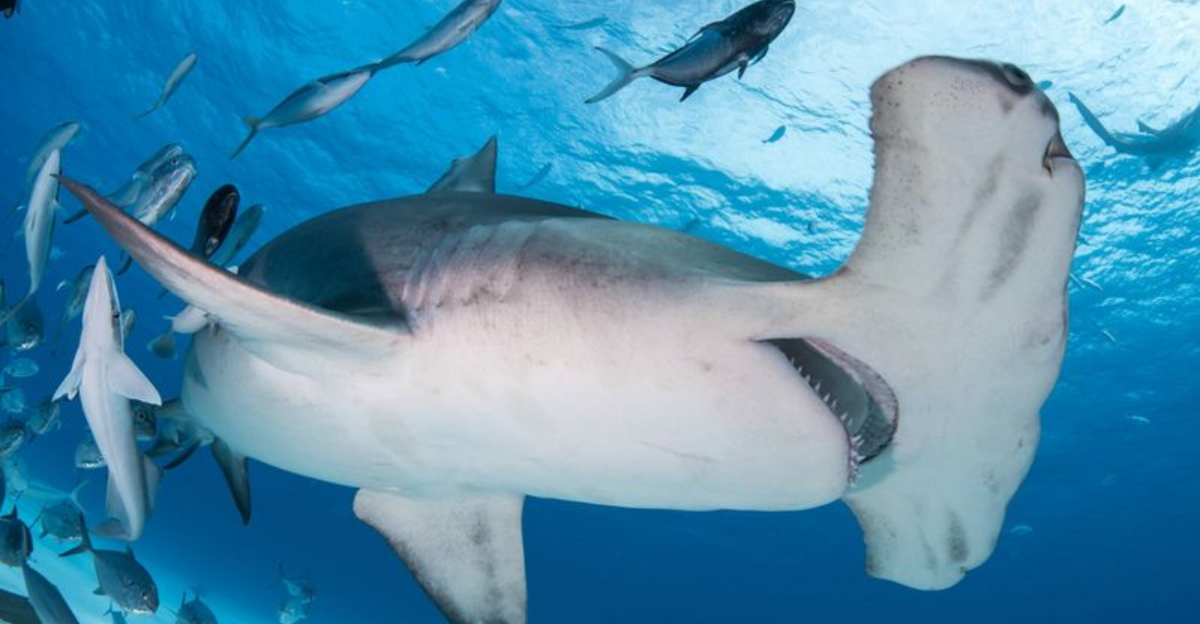
In the animal kingdom, some creatures have mastered the art of going solo in the baby-making department.
These fascinating species can reproduce sans a mate, a phenomenon known as parthenogenesis.
Whether it’s a matter of survival or just a quirky evolutionary twist, these animals thrive in their unique ways! Let’s find out how!
1. Komodo Dragon
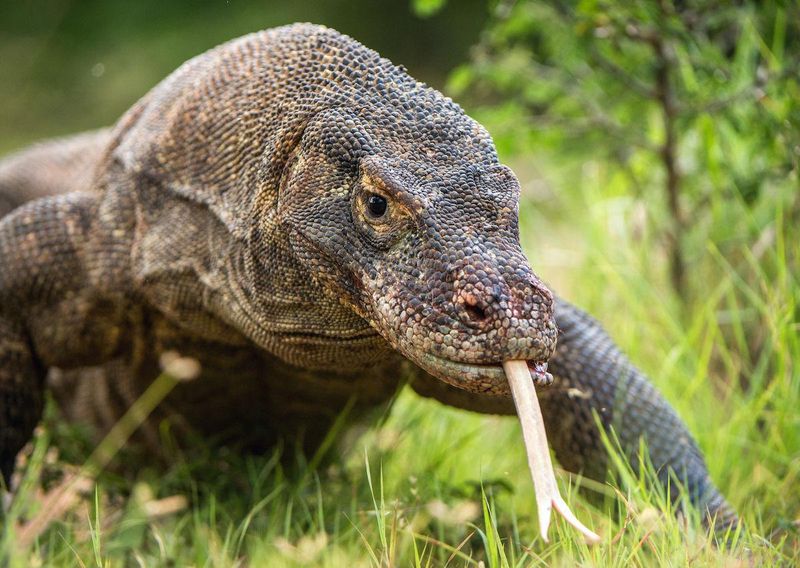
Forget Tinder! The Komodo dragon doesn’t need a partner to start a family. In fact, this giant lizard can lay eggs all on its own, thanks to parthenogenesis.
It’s a handy trick when male dragons are scarce on their remote islands. These formidable predators have a fierce independence, stalking prey with their venomous bite.
2. New Mexico Whiptail Lizard
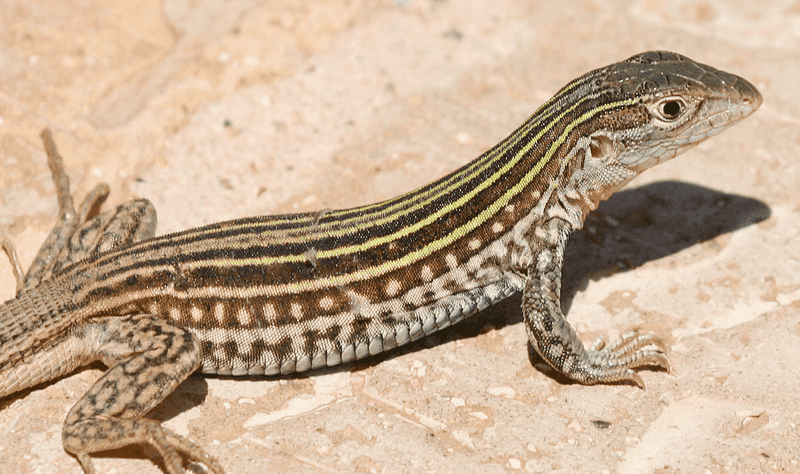
Who needs a male when you’re a New Mexico whiptail lizard? These gals have it all figured out, being all-female species. They clone themselves to produce offspring, creating identical daughters.
This lizard thrives in the Southwestern U.S., basking in the warmth of the desert sun and darting between sparse vegetation. Each one is a mirror of her mother, with vibrant scales that shimmer in the desert heat.
3. Banded Coral Shrimp
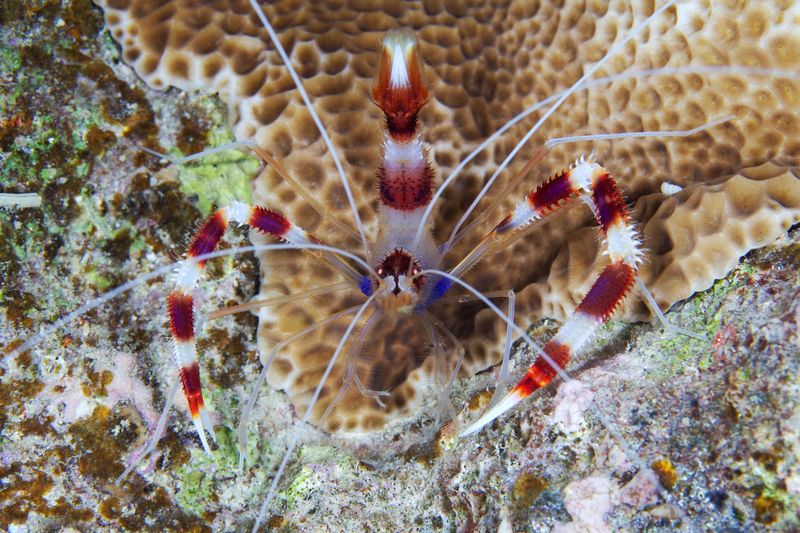
Life’s a beach for the banded coral shrimp, maintaining its population without a partner. These shrimps are masters at solo parenting, using parthenogenesis to continue their lineage.
Nestled in the vibrant reefs, they dance around corals with striking red and white bands. Their unique looks aren’t just for show – they help keep their coral homes clean by feeding on parasites.
Talk about multitasking!
4. Amazon Molly

The Amazon molly is the ultimate single parent, thriving in the freshwater bodies of Texas and Mexico.
Using parthenogenesis, these fish can reproduce without a mate, though the presence of other fish helps stimulate the process.
They swim around in vibrant schools, each fish a mirror image of its mom. Their tiny bodies shimmer like underwater rainbows, bringing life to the aquatic world.
5. Bdelloid Rotifer
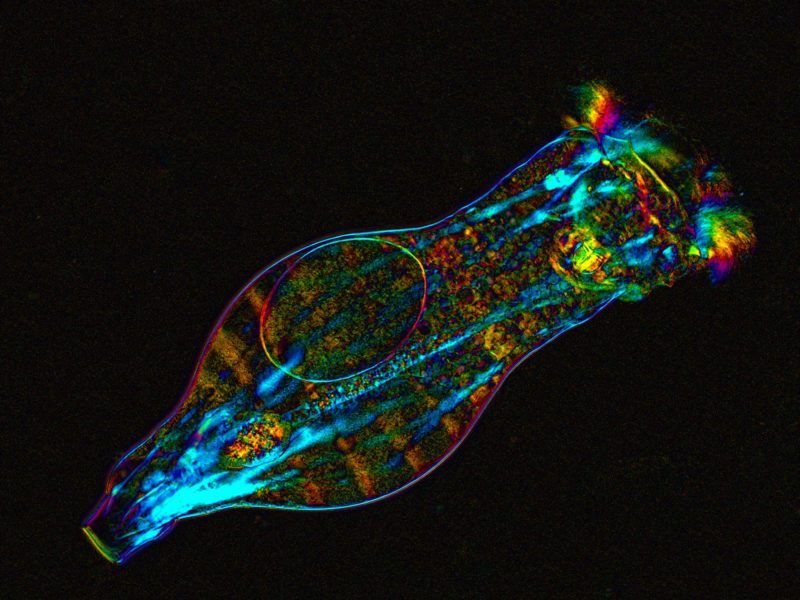
Surviving for millions of years without sex, the bdelloid rotifer is a tiny miracle. These microscopic animals reproduce through parthenogenesis, cloning themselves to continue thriving.
Found in moist environments, they can dry out completely and revive years later, escaping predators.
Resilience at its finest!
6. Marbled Crayfish
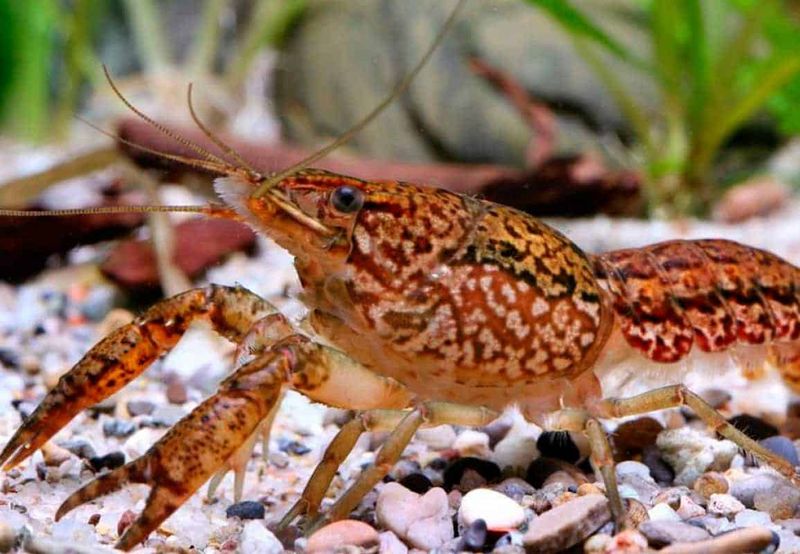
The marbled crayfish is a self-cloning wonder of the aquarium world. With parthenogenesis, these crayfish create genetically identical offspring.
They’re not native to any environment, making them a curious case for scientists. Their shells showcase a beautiful marbled pattern, as if hand-painted by nature.
Despite their humble size, they are prolific breeders, filling tanks with their adorable mini-me’s.
7. Hammerhead Shark

In a twist of nature, the hammerhead shark can reproduce without a mate. When isolated, females can give birth through parthenogenesis, an exciting discovery for researchers.
These sharks glide gracefully through the ocean, their distinct head shape making them look like underwater hammers.
Watching them maneuver through the water is like seeing a dance of power and elegance, truly mesmerizing!
8. Cape Honey Bee
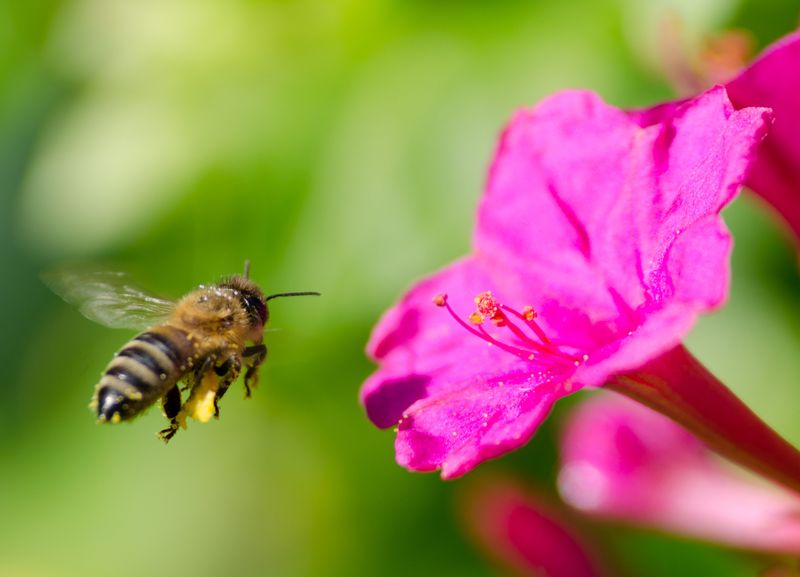
Buzzing with independence, the Cape honey bee can reproduce without a king bee. Through a process called thelytoky, they create female offspring from unfertilized eggs.
These industrious bees collect nectar and maintain their hives, ensuring the colony thrives.
Their buzzing dance among flowers is a testament to their hard work, as they flit from bloom to bloom, covered in golden pollen.
9. Common Boa Constrictor
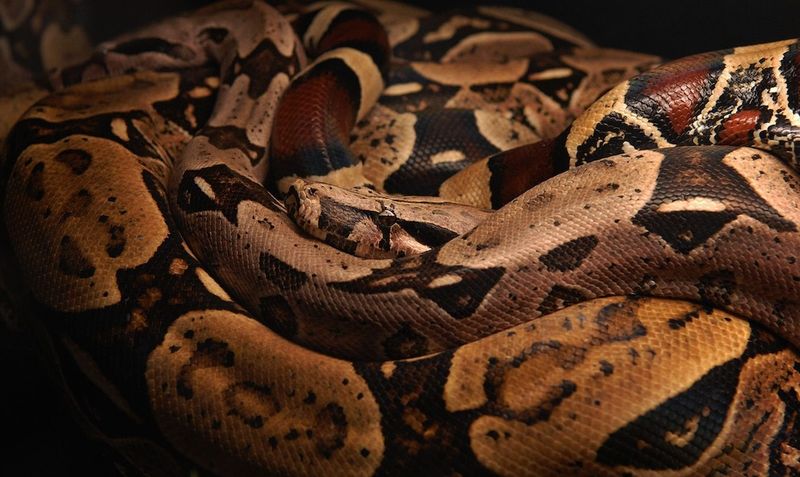
The common boa constrictor doesn’t shy away from going solo in the baby department. In captivity, they can give birth via parthenogenesis, a rare trait among snakes.
These majestic reptiles coil elegantly around tree branches, their patterned scales reflecting the dappled sunlight.
10. Water Flea
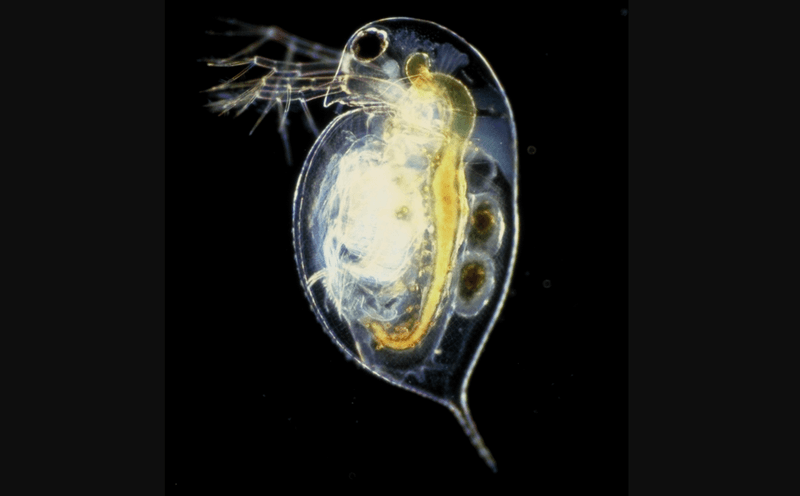
Tiny yet fascinating, water fleas can reproduce asexually, ensuring their species’ survival. These small crustaceans thrive in freshwater, producing genetically identical clones. Their transparent bodies float gracefully, their rhythmic movements almost like a delicate ballet. Despite their size, they play a crucial role in aquatic ecosystems, serving as a primary food source for many fish.
11. Green Sea Turtle

In rare cases, the green sea turtle can reproduce without a mate. These magnificent creatures paddle through the oceans with grace, their shells a mosaic of greens and browns.
Watching them glide is like seeing a living work of art. Occasionally, female turtles laying eggs without fertilization is an extraordinary glimpse into nature’s wonders, revealing the ocean’s secretive mysteries.
12. Aspidoscelis Neomexicanus
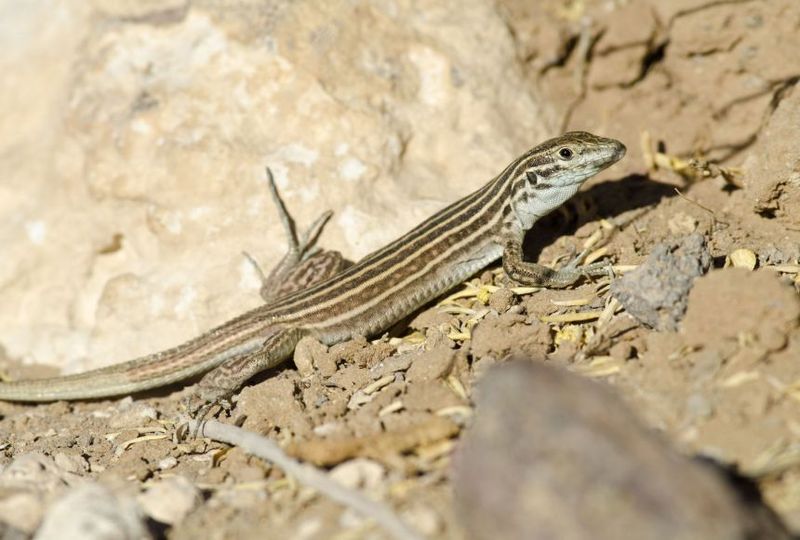
Aspidoscelis neomexicanus, a mouthful of a name for such a tiny lizard, is an all-female clone army. They inhabit sunny deserts, basking on rocks and darting about with energy.
Through parthenogenesis, they produce identical offspring, continuing their lineage without a male.
Their vibrant scales glisten under the desert sun, each lizard a carbon copy of her mother, a marvel of evolutionary biology.
13. Turquoise Killifish

The turquoise killifish is a splash of color in any pond, reproducing without a mate in certain circumstances. These fish are a burst of blue and green hues, shimmering under sunlight.
When ponds dry up, they lay dormant eggs that hatch when water returns, ensuring survival. It’s like nature’s way of hitting pause and play, a fantastic adaptation to their ever-changing environment.
14. Mourning Gecko

Mourning geckos are the life of the terrarium party, reproducing through parthenogenesis. These tiny geckos can clone themselves, filling their environments with equally adorable offspring.
Their soft, chirping calls are a delight for any reptile enthusiast. Watching them scuttle about is like observing a lively miniature world, each gecko a perfect replica of her mom.
15. Female Stick Insect
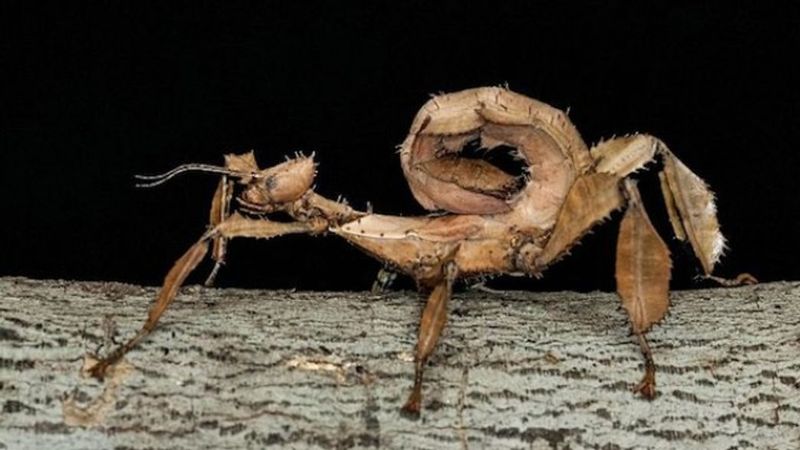
Master of disguise, the female stick insect can reproduce without a partner, ensuring her kind thrives. These insects perfectly mimic twigs, making them the ultimate hide-and-seek champions.
Through parthenogenesis, they create offspring that blend seamlessly into their leafy homes. It’s like watching nature’s magic trick—one moment they’re invisible, the next, they’re moving like living branches.
16. Desert Grassland Whiptail
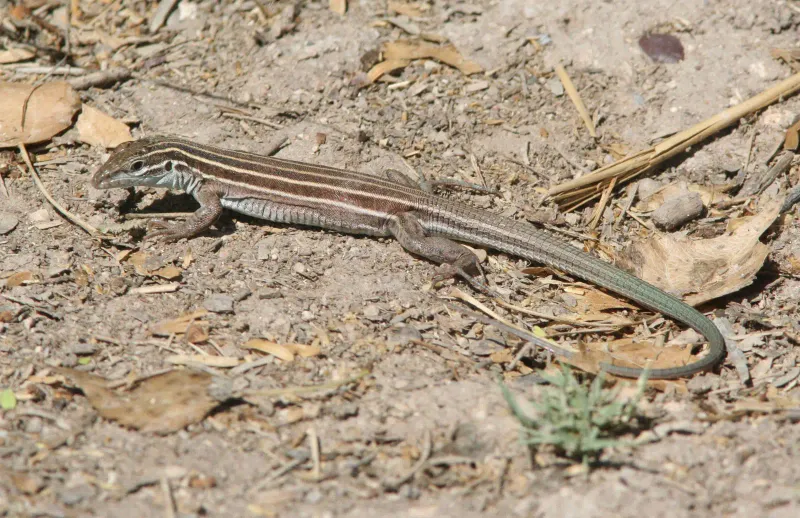
The desert grassland whiptail doesn’t let the absence of males stop her from expanding her family. Through parthenogenesis, she produces offspring that thrive in arid landscapes.
These lizards are swift movers, darting across sandy terrains with agility. Their slender bodies and vibrant markings are a testament to their resilience, surviving and thriving in the challenging desert environment.

